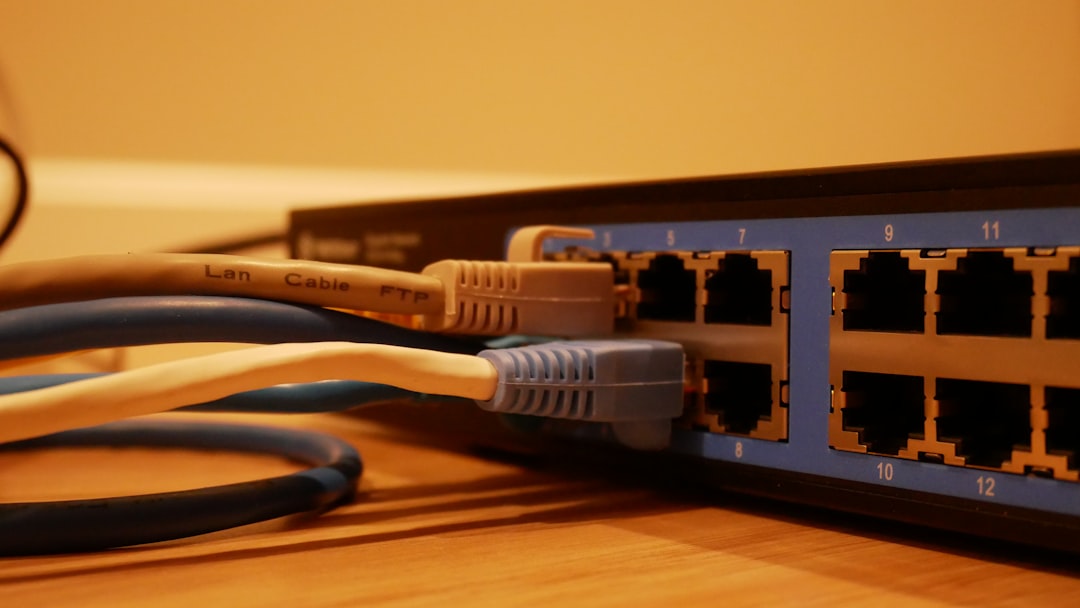Your Database Connection Keeps Failing
Database connection errors appear when WordPress cannot communicate with MySQL. This happens for several reasons. Your database credentials in the wp-config.php file might contain typos. The database server could be offline, or your hosting provider might have changed the server address without notification.
Start by checking your wp-config.php file. Open it through FTP or your hosting control panel’s file manager. Look for these four lines: DB_NAME, DB_USER, DB_PASSWORD, and DB_HOST. Compare these values with the database information in your hosting control panel. A single misplaced character will break the connection.
If the credentials match, the problem lies elsewhere. Contact your hosting provider to verify the database server status. Some hosts limit the number of simultaneous database connections, and busy sites can exceed this limit. When this occurs, new visitors see error messages instead of your content.
Security Vulnerabilities Keep Appearing
WordPress sites face constant security threats. Outdated plugins create entry points for attackers. Weak passwords allow brute force attacks to succeed. File permissions set incorrectly let hackers modify core files.
Plugin vulnerabilities cause most WordPress compromises. Each plugin you install adds code that interacts with your site. Developers sometimes abandon their plugins, leaving security holes unpatched. Check your plugins monthly and remove any that haven’t received updates in six months. Replace them with actively maintained alternatives that perform the same functions.
File permissions control who can read, write, and execute files on your server. WordPress directories should be set to 755, while files need 644 permissions. Wrong settings either block WordPress from functioning or allow attackers to inject malicious code. Your hosting file manager shows current permissions, and you can change them by right-clicking files and selecting the permissions option.
When Server Resources Hit Their Limits
WordPress sites often slow down when server resources run low, particularly during traffic spikes or when running resource-heavy plugins. Memory limits, CPU usage caps, and storage restrictions can cause error messages, crashed pages, or timeouts that frustrate both site owners and visitors.
The solution depends on identifying which resource is causing the bottleneck. Upgrading to powerful WordPress hosting, switching to lightweight themes, or optimizing database queries can resolve these problems. Many hosting providers offer monitoring tools that show real-time resource usage, helping you spot issues before they affect your site’s performance.
Plugin Conflicts Break Your Site Functionality
Two plugins trying to control the same feature will conflict. A contact form plugin might clash with a security plugin’s captcha system. Cache plugins sometimes interfere with membership plugins. These conflicts produce white screens, missing features, or error messages that confuse visitors.
Testing identifies plugin conflicts quickly. Deactivate all plugins through your WordPress dashboard or by renaming the plugins folder via FTP. If your site works normally, reactivate plugins one at a time. When the problem returns, you’ve found the conflicting plugin. Sometimes two specific plugins conflict only when both are active together, so test combinations if single reactivations don’t reveal the issue.
Backup Systems Fail at Critical Moments
Backup failures happen when you need restoration most. Hosting providers often limit backup storage space. Automatic backups might stop running without sending alerts. Some backup plugins store files locally, consuming your hosting space until the server runs out of room.
Set up multiple backup methods to prevent total data loss. Configure your hosting provider’s built-in backup system as your first line of defense. Add a WordPress backup plugin that sends copies to external storage like Google Drive or Dropbox. Test your backups quarterly by restoring them to a staging site. A backup you cannot restore serves no purpose.
Manual backups provide extra protection before major updates. Export your database through phpMyAdmin and download all WordPress files via FTP. Store these copies on your local computer and a cloud service. This redundancy ensures you can recover your site even if your hosting account becomes completely inaccessible.
Email Delivery Problems Prevent Communication
WordPress sites struggle to send emails reliably. Contact forms submit successfully but messages never arrive. Password reset emails disappear. Order confirmations from WooCommerce don’t reach customers. These failures occur because many hosting providers restrict email sending to prevent spam.
PHP mail function limitations cause most WordPress email problems. Shared hosting servers often block or throttle this function. Even when emails send, receiving servers might reject them as spam because they lack proper authentication.
SMTP plugins solve email delivery problems by routing messages through authenticated email servers. Install a plugin like WP Mail SMTP and configure it with your email provider’s settings. Gmail, SendGrid, and Mailgun offer free tiers suitable for small sites. After configuration, use the plugin’s test feature to verify emails send and arrive correctly. Monitor your email logs weekly to catch delivery problems before customers complain.



